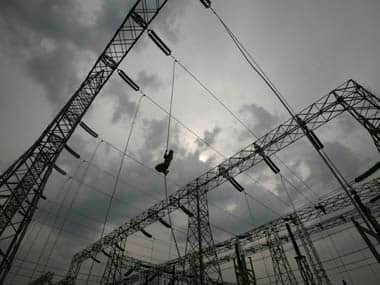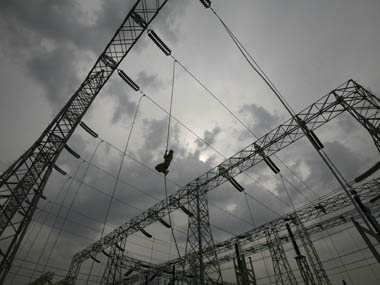The country is going ga-ga over the Lok Sabha Elections that are scheduled this May. Investors are hoping that a BJP win can kick-start investments in India, whichhas seen a sharp slowdown in the last three years.
However, a Credit Suisse report points out that the elections will have no effect on the Indian economy and it won’t restart investments.
[caption id=“attachment_78362” align=“alignleft” width=“380”]
 Reuters[/caption]
Reuters[/caption]
The report notes that not all slowing or stalled projects are dependent on central government clearances forrevival. Many of the projects are stalled because of state-government-related, industry demand-supply related or otherproject-specific constraints.
Power sector:
It notes thatovercapacity and lack of power distribution reform;slow growth in coal production are the major obstacles that the power sector faces and a new government won’t solve these issues.
Other than a one-shot recapitalisationof the SEBs by the Centre, there is little the central government can do to revive SEBdemand, given that it is a state subject.

Coal production:
The second problem, the report notes, so far has been the lack of coal availability and it is not something a new government can fix.
Private coal mining will also remain constrained by approvals and delayed block auctions, notes the report. Given the controversy around coal block allocations,auctions are the only way forward. But, that is unlikely until the data on reserves in thesemines are updated.
Transport:
Transport is another area where the government can face hurdle. While road transport is the second largest segment of projects under implementation, most of it is under state governments’ jurisdiction.
The National Highways Authority of India (NHAI) and thegovernment have been trying to sweeten these deals by postponing the premiumpayments, but till traffic assumptions improve, or the deals are renegotiated, a pick-up inthe pace of National Highways development is unlikely.
Steel industry:
The second largest segment of projects outstanding where the Centre can play a role issteel. But, can it really? With capacity expected to be 30 percent higher than demand in ayear’s time, all major steel makers are at a dangerously high debt levels (more than 5x debt/EBITDA). So, the Centre can’t do much here as well. Even timely clearances are not going to trigger fresh investmentsin steel making capacity.
The only way way the the central government can improve mining would be to push through the newMining Bill, but even that it will take 3-5 years to show some impact.
)